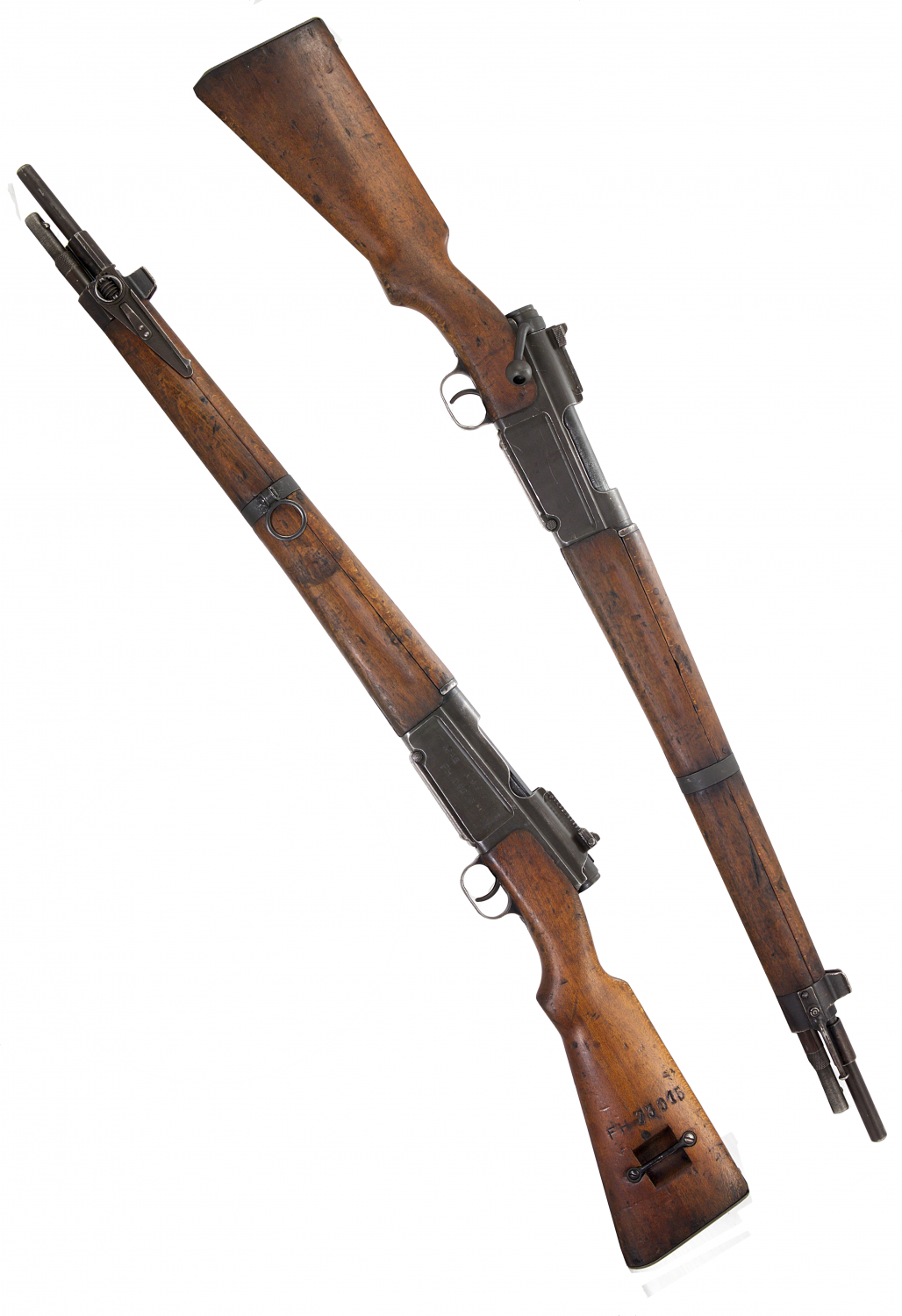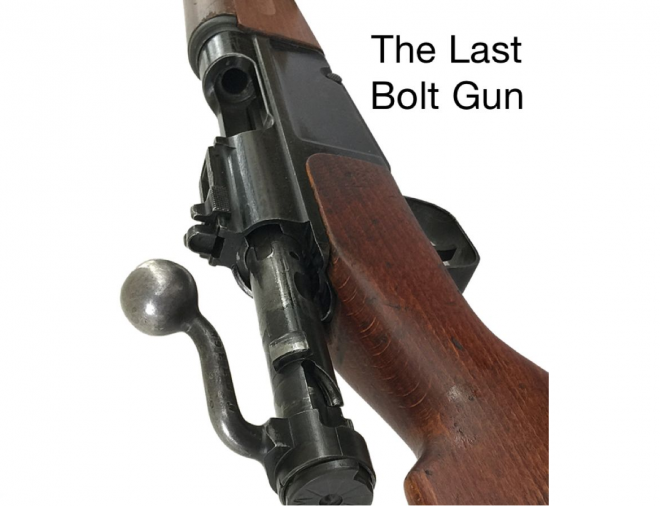So you’ve just bought a MAS 36, and you’ve heard a lot about how it was too little, too late, how it shoots a weird, hard-to-find caliber, has no safety, and you can’t adjust the sight for windage. On the other hand, you like that the action is short and compact, and the rifle is pretty short and light for a military gun. Where to from here?
If that sounds familiar, then you are the target demographic for Steve Jackson’s new book, The Last Bolt Gun.
I’ve covered Collector Grade books before, and so the reader should note that Jackson’s book is not an exhaustive treatise on the subject like those from that publisher are. It is closer to an introductory pamphlet for the new MAS 36 owner, with a basic (but correct) foundation in the rifle’s development and history, and important notes on – for example – what sort of ammunition is available and exactly how to adjust windage on the rifle. At 63 pages long, most with photos, The Last Bolt Gun does not take long to read, but in several cases the information in the book could save the reader from a lengthy sighting-in procedure, or get their rifle shooting straight again.
Information on the MAS 36 is pretty scarce, so any details Jackson adds are welcome to the new owner of one. Those who don’t own a MAS 36 and aren’t looking to purchase one will still find plenty of new details in the book, such as the .22 caliber MAS 36 trainers made during the German occupation, or the commercial MAS 36s made in calibers as large as 10.75x68mm (the existence of which dispels, hopefully, the myth that the MAS 36’s action was particularly weak). Moreover, The Last Bolt Gun makes a good case for redemption of the MAS, a rifle that despite its lack of what most would consider essential features still represents what is probably the apex of the military bolt action rifle. Strong, quick to operate, simple, sturdy, and light, the book portrays a rifle that challenges even the superlative Mauser and Enfield rifles as the finest manually-operated implements of war ever devised.
Mention should be made of the photos of the book. Almost every page has a full-size photo, and those that were not black-and-white originally are in full color. Being an ebook, the photos are in higher resolution than would be possible with a dead tree volume, and are very clean and sharp, portraying everything from different variants to full disassembly of the rifle.

This image of a MAS 36 LG48 variant is typical of the high resolution photos presented in The Last Bolt Gun.
The Last Bolt Gun is for the MAS 36 owner first, but it’s also a brief but fine read for those more generally interested in the subject. Being the last bolt-action ever designed by a major power, the MAS 36 is inherently interesting, and Jackson’s book brings additional, if modest, depth to the table. Moreso, though, for MAS 36 owners the book contains information that should well justify its price, especially if their firearm needs maintenance or sight adjustment. Since, so far as I know, no MAS 36 manual exists in English, The Last Bolt Gun is a sort of stand-in for Anglophones, with additional supplementary history and trivia, with an overall bent towards the civilian shooter and collector.
Should you buy The Last Bolt Gun? If you own a MAS 36, I would say “yes” for the same reason I would recommend buying stripper clips, a sling, or a cleaning kit. If you don’t, it depends on your interest. Jackson’s book only covers just that rifle, and unlike the much more expensive Collector Grade volumes, it is not an exhaustive treatment, but there’s still information to be gleaned – and at the very least The Last Bolt Gun is a starting point for additional research into the subject.
The Last Bolt Gun can be purchased in Kindle format on Amazon’s website for $8.99 USD.
 Your Privacy Choices
Your Privacy Choices
